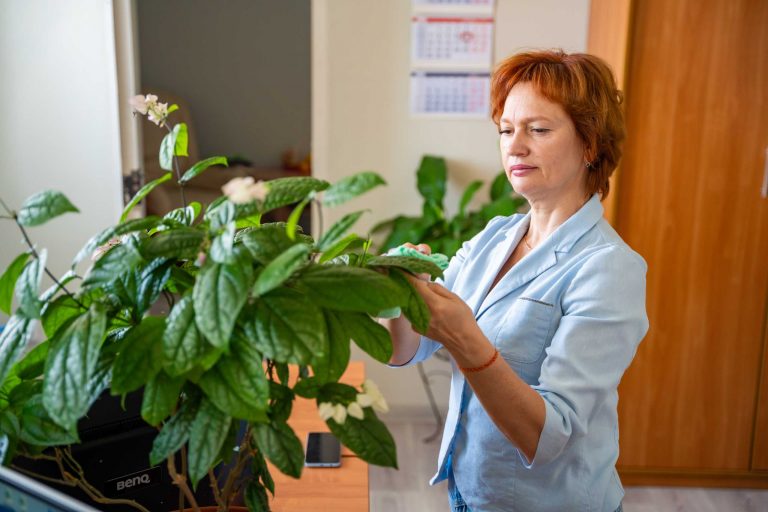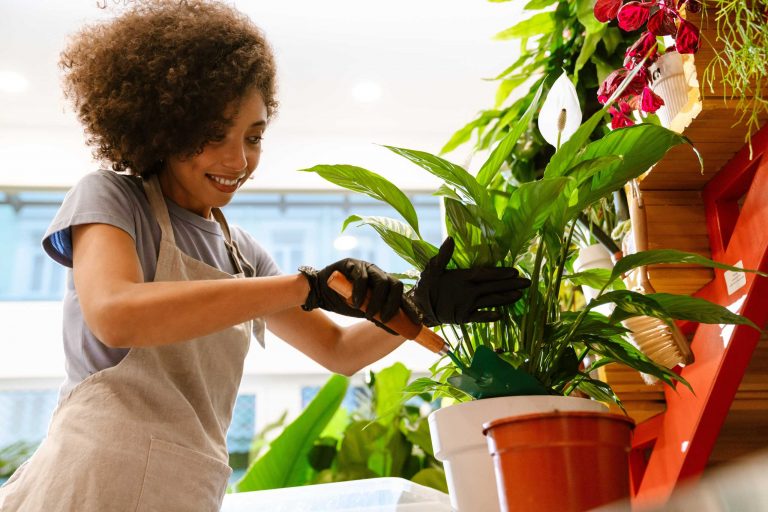Introduction:
Even the healthiest indoor plants can fall victim to pests and diseases. Maintaining a thriving indoor garden requires vigilance, preventive care, and timely intervention. Understanding common threats and creating an environment that discourages problems ensures your plants remain strong, vibrant, and long-lasting.
Common Pests:
Spider mites, aphids, mealybugs, and fungus gnats are among the most frequent intruders in indoor gardens. Regularly inspect leaves, stems, and soil for early signs of infestation. Tiny specks, webbing, or sticky residue often indicate a developing problem. Catching these issues early is essential to prevent widespread damage.
Natural Remedies:
Safe, natural treatments help control pests without harming your plants. Neem oil, insecticidal soaps, and diluted garlic sprays are effective for most infestations. Regularly wiping leaves with a damp cloth removes dust and pests while promoting healthy growth.
Environmental Controls:
Proper humidity, airflow, and light create an environment that discourages pests and disease. Overly damp conditions encourage fungal growth, while stagnant air can intensify infestations. Ensure plants have adequate spacing, and consider using small fans or natural ventilation to maintain balance.
Hygiene Practices:
Cleanliness is vital. Remove dead or decaying foliage promptly, sterilize pots before reuse, and disinfect tools to minimize disease spread. Quarantining new plants for several weeks before integrating them into your collection prevents unexpected pest introductions.
Monitoring Growth and Stress:
Weak or stressed plants are more susceptible to problems. Regular pruning, consistent watering, and nutrient management strengthen resilience, making plants less appealing to pests. Observing your plants daily helps you detect subtle changes and respond quickly.
Preventive Strategies:
- Rotate plants to avoid uneven growth.
- Avoid overcrowding to reduce competition for light and airflow.
- Use well-draining soil to prevent root rot.
- Introduce beneficial insects if appropriate, such as predatory mites.
- Maintain consistent care routines to reduce stress-related vulnerability.
- Keep a pest and disease log to track patterns and improve prevention.
Conclusion:
Proactive care and careful observation are the cornerstones of a healthy indoor garden. By preventing pests and diseases before they take hold, your plants flourish in a balanced, thriving environment. Vigilance, proper maintenance, and natural remedies ensure that your indoor space remains a lush, vibrant oasis year-round.




